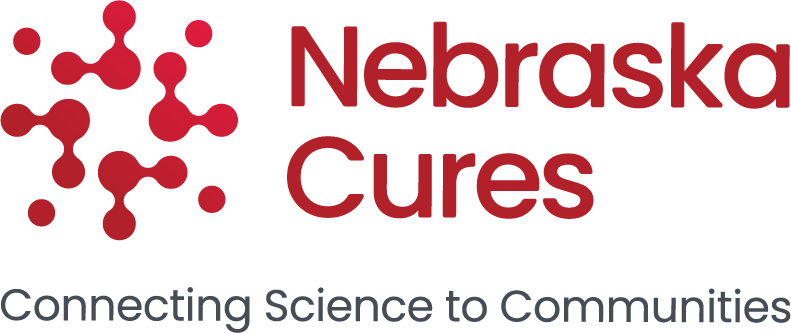by Dr. David Crouse, Nebraska Cures Board President
Sometimes it is hard to keep up with the rapid advances in scientific and clinical changes related to the stem cell area, even when the topic is not really new but has taken some leaps in progress that were not predicted. One of those areas is “gene therapy” for previously intractable diseases or genetically caused conditions. These advances have been reviewed in recent comprehensive articles which I will attempt to summarize (Gene therapy: Comprehensive overview and therapeutic applications | Elsevier Enhanced Reader; History of gene therapy | Elsevier Enhanced Reader)
The National Cancer Institute defines gene therapy as “An experimental treatment that adds a new gene or replaces or repairs a mutated (changed) gene inside the body’s cells to help prevent or treat certain diseases, such as cancer” (Definition of gene therapy – NCI Dictionary of Cancer Terms – NCI). The intent in this brief summary is to cover those “certain diseases” but not cancer – that can be saved for another time. The treatment of such diseases usually targets a single inherited gene defect for a well-defined missing or abnormal gene and is typically diagnosed in pediatric patients. These diseases or conditions are usually inherited from one or both parents, though some have been known to appear as a new mutant. This summary will not go into the genetics of such conditions but will simply state these many diseases or conditions are not currently cured by any available traditional therapy (drugs, organ transplants, vaccines, etc.). These diseases and conditions include: Severe Combined Immunodeficiency Disease (SCID); Duchenne Muscular Dystrophy (DMD); Epodermolysis Bullosa (EB); Wiskott Aldrich Syndrome (WAS); Amyotrophic Lateral Sclerosis (ALS); Huntington’s Disease (HD); Hemophilia A and B; Franconi Anemia Type A; X-Linked Retinitis Pigmentosa (RP); Gaucher Disease; Sickle Cell Disease (SCD)………. (MANY MORE). Some of these, though potentially diagnosed in children, are not a problem until later in life (e.g., ALS or HD).
So, how is gene therapy accomplished? First, one must accurately define the defective gene. Then, a major issue is finding a way to replace the defective gene with a correct copy. These genes are exceedingly small bits of DNA and you cannot simply “inject” the correct gene into every cell. Scientists and clinicians commonly use viruses like those that cause colds since they have a well-developed pathway into cells (that is how they cause Infections). As a matter of safety, the virus is altered to make it unable to cause their typical “infection” and then it is further genetically changed to carry human the DNA needed for correcting the disease defect. In many situations, blood cells are removed from the patient and the inactivated virus with the new human DNA is mixed with the cells in the laboratory. This is called an in vitro approach (using culture outside the body). The virus will “infect” the cells with the normal gene and become part of that cell’s DNA. These cells, including lymphocytes and stem cells, are encouraged to proliferate under special laboratory conditions. The cells, now greatly increased in number, are reintroduced into the patient by intravenous (IV) infusion. If all goes as planned, the introduced and altered cells will repair the defect in the patient.
In other cases, the inactivated virus with the incorporated gene is introduced into the patient by direct intravenous infusion. This is called the in vivo (in the body) approach. When these viruses carrying the desired DNA reach the target cells, they can enter the cell, like an infection, and then be incorporated into the nuclear DNA of the target cells. If effective, this newly incorporated DNA will produce the protein product of that gene to correct the defect. Both the in vitro and in vivo methods call for a great number of complex biological steps in the proper sequence to work effectively. Additionally, there are many other methods to get the correct DNA into target cells. That is where so much progress has been made in the past few years,
Recent reviews provide much more detail about this rapidly advancing area. Indeed it could easily be predicted that there is a significant possibility that treatments for some of these diseases or genetic conditions will go beyond the clinical trial stage in the next few years. See:
Review of gene therapies for age-related macular degeneration | Eye (nature.com);
Full article: Hemophilia A gene therapy: current and next-generation approaches (tandfonline.com);
Governmental Support Opportunities for Cellular and Gene Therapies in the United States | SpringerLink (by the way, the author of this article is a former UNMC graduate Student!)
